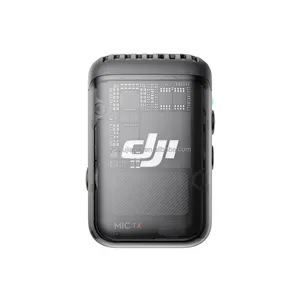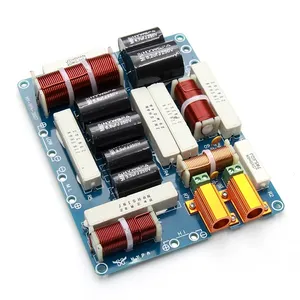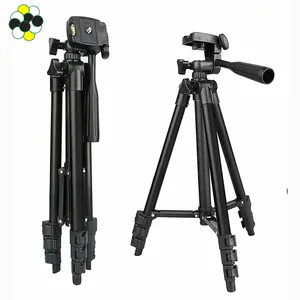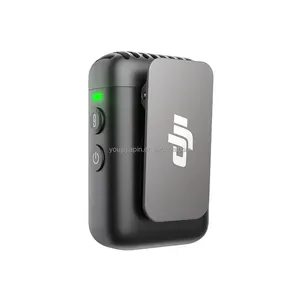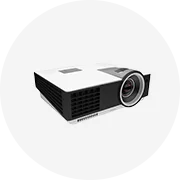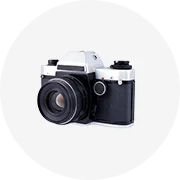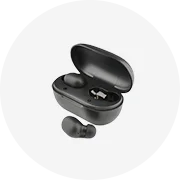Phổ biến trong ngành của bạn






Thông minh TLC-2206 cảm biến siêu âm không dây di động nước mức độ Tank Detector mực nước Cảm biến báo động từ xa Tank Monitor
Sẵn sàng vận chuyển
636.364 ₫
Đơn hàng tối thiểu: 5 Cái
Vận chuyển mỗi chiếc: 205.419 ₫







Thâm Quyến Bán Hot Kỹ Thuật Số Cảm Biến Nhiên Liệu Mực Nước Chuyển Đổi Float Cho Máy Bơm Chìm
21.637 ₫ - 38.182 ₫
Đơn hàng tối thiểu: 100 Cái







Siêu âm mực nước cảm biến atech độ chính xác cao siêu âm nước sâu cảm biến mức chất lỏng
1.247.273 ₫ - 3.029.090 ₫
Đơn hàng tối thiểu: 1 Cái







Nước bảo tồn chìm mức độ áp lực logger nước cũng mức độ cảm biến mét nước thủy tĩnh mức độ Transmitter
Sẵn sàng vận chuyển
534.546 ₫ - 916.364 ₫
Đơn hàng tối thiểu: 1 Cái
Vận chuyển mỗi chiếc: 486.946 ₫







4-20mA mức chất lỏng Transmitter Tank mực nước cảm biến đặt trong mực nước đo
Sẵn sàng vận chuyển
534.546 ₫ - 916.364 ₫
Đơn hàng tối thiểu: 1 Cái
Vận chuyển mỗi chiếc: 780.437 ₫













Công Tắc Phao Cảm Biến Mực Nước 28Mm X 28Mm X 304 Mm Bằng Thép Không Gỉ 9.5 Bóng Nổi Từ Tính
17.819 ₫ - 50.910 ₫
Đơn hàng tối thiểu: 10 Cái


Cảm Biến Chuyển Đổi Mức Nước Lỏng Từ Tính Tùy Chỉnh 5CFS-S1A1
78.910 ₫ - 94.182 ₫
Đơn hàng tối thiểu: 2 Cái






Đa Điểm 2 Dây 100 ~ 200Mm Mực Nước Từ Thép Không Gỉ Float Switch/Cảm Biến Mực Nước Bể
50.910 ₫ - 127.273 ₫
Đơn hàng tối thiểu: 1 Cái

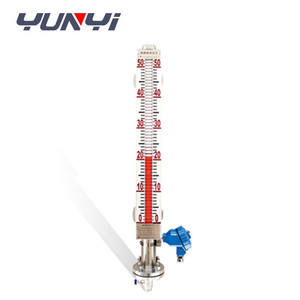




Đồng Hồ Đo Bán Chạy Máy Phát Đo Từ Tính Thủy Tĩnh Máy Đo Mức Độ Bể Chứa Cảm Biến Mực Nước Phao Từ Tính
2.293.454 ₫ - 8.145.452 ₫
Đơn hàng tối thiểu: 1 Cái






10W/110V PP nhựa Float kiểm soát mức độ chuyển đổi nước sậy cảm biến 35mm Thấp/cao Báo động chuyển đổi cho Máy bơm nước Float chuyển đổi
25.200 ₫ - 40.473 ₫
Đơn hàng tối thiểu: 100 Cái
Vận chuyển mỗi chiếc: 15.019 ₫






Cảm Biến Mực Nước Nổi Hình Cầu Bể Chứa Chất Lỏng Máy Phát Mức Nổi 4-20mA Đồng Hồ Đo Điều Khiển Mức Nổi
1.400.000 ₫ - 2.036.363 ₫
Đơn hàng tối thiểu: 1 Cái
Các tìm kiếm liên quan:
cảm biến điều khiển mức điện cựcthermowell rtd cảm biếncảm biến độ sâu dưới nướccảm biến bể chứa nướccảm biến rtd với ren vítcảm biến phao nướccảm biến phao bóngcảm biến phao bể nước minicảm biến phao bể nướccảm biến mức phao điện trởcảm biến mức phao chất lỏngcảm biến mực nước siêu âm 1mhzrs232 mực nước cảm biếncảm biến mực nước không dây siêu âm0 10v cảm biến mực nước






Thép Không Gỉ Điện Tử Float Loại Bồn Nước Cảm Biến Mức Cho Thiết Bị Công Nghiệp
80.182 ₫ - 87.819 ₫
Đơn hàng tối thiểu: 10 Cái






Cảm Biến Mực Nước Chất Lỏng PP Mới Phao Ngang Chuyển Đổi Xuống Cho Bể Bơi 250V DC 50W Cảm Biến Phao Lỏng
12.728 ₫ - 17.819 ₫
Đơn hàng tối thiểu: 1 Cái






Cảm Biến Mực Nhiên Liệu Holykell OEM HVS Float Cảm Biến Mực Nước
763.637 ₫ - 2.494.545 ₫
Đơn hàng tối thiểu: 1 Cái






Công Tắc Phao 220V 16A Bộ Điều Khiển Mực Nước Bộ Cảm Biến Liên Lạc Mực Nước Với Cáp 2M
Sẵn sàng vận chuyển
82.728 ₫ - 82.982 ₫
Đơn hàng tối thiểu: 1 Cái
Vận chuyển mỗi chiếc: 802.582 ₫
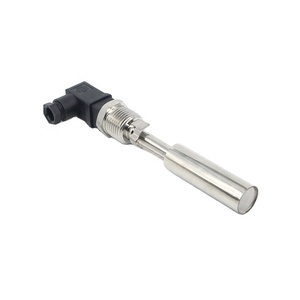





Chiều Cao HT-ZPC19S Float Cảm Biến Chuyển Đổi Mực Nước
25.455 ₫ - 254.546 ₫
Đơn hàng tối thiểu: 100 Cái






ESMFS 10w 304 thép Không Gỉ kết nối rod float mực nước cảm biến điều khiển
254.546 ₫ - 381.819 ₫
Đơn hàng tối thiểu: 10 Cái












Nhà máy cung cấp M12 M16 1/2 "Side mount nhựa Float chuyển nước bồn chứa dầu mức độ đầy đủ báo động ngang mức chất lỏng Float cảm biến
Sẵn sàng vận chuyển
38.182 ₫ - 76.364 ₫
Đơn hàng tối thiểu: 100 Cái
Vận chuyển mỗi chiếc: 17.310 ₫



Ôn Châu Nhà Máy Đôi Bóng Float Chuyển Chất Lỏng Mực Nước Float Chuyển Điều Khiển Contactor Cảm Biến 70AB
36.146 ₫ - 37.673 ₫
Đơn hàng tối thiểu: 100 Cái






Từ Flap Loại Lỏng Diesel Tank Mức Độ Cảm Biến Từ Flap Dầu Mức Độ Đo Nhà Sản Xuất Wifi Nước Float Điều Khiển Cảm Biến
3.309.090 ₫ - 5.090.908 ₫
Đơn hàng tối thiểu: 1 Cái






Float loại điện tử kiểm soát mực nước Float chuyển đổi nhiều mực nước cảm biến
76.364 ₫ - 127.273 ₫
Đơn hàng tối thiểu: 10 Cái






Ac 100V lỏng mực nước cảm biến Float chuyển đổi cho ngang bể cá bể cá hồ bơi với Float Chiều dài
17.564 ₫ - 19.346 ₫
Đơn hàng tối thiểu: 30 Cái




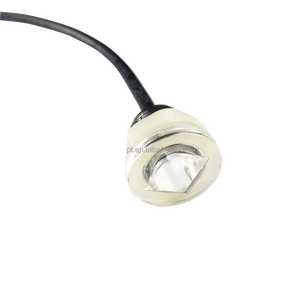
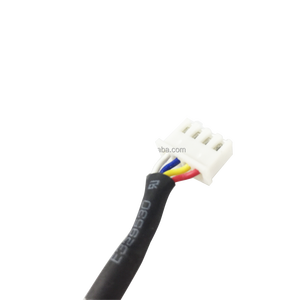
Công Nghệ Mới EPT Bể Nước Phao Chuyển Đổi Cấp Thực Phẩm Cảm Biến Đo
Sẵn sàng vận chuyển
48.364 ₫ - 71.273 ₫
Đơn hàng tối thiểu: 100 Cái
Vận chuyển mỗi chiếc: 245.891 ₫





Cấp Float Chuyển Mực Nước Điều Khiển Nhiên Liệu Lỏng Vertical Thép Không Gỉ Float Cảm Biến
Sẵn sàng vận chuyển
890.909 ₫ - 1.400.000 ₫
Đơn hàng tối thiểu: 1 Cái
Vận chuyển mỗi chiếc: 890.909 ₫










100 mét-1500 mét C3 mức chất lỏng cảm biến Mưa bể nước tái trang bị Thêm vít chủ đề 40 mét dầu float vít chủ đề Nước float tank cảm biến
254.546 ₫
Đơn hàng tối thiểu: undefined






Cảm Biến Chuyển Đổi Phao Từ Tính Sunwoald 110Mm PP Chống Nước
Sẵn sàng vận chuyển
50.910 ₫ - 127.273 ₫
Đơn hàng tối thiểu: 10 Cái
Vận chuyển mỗi chiếc: 96.219 ₫


Ướp lạnh nước cassette đơn vị cuộn dây quạt cách sử dụng chuyển đổi mức float cảm biến
50.400 ₫ - 63.637 ₫
Đơn hàng tối thiểu: 1000 Cái





Taidacent Độ Nhạy Cao RS485 DC 24V Điện Tử Không Tiếp Xúc Phao Chuyển Đổi Bể Nước Cảm Biến Chỉ Báo Mức Chất Lỏng
Sẵn sàng vận chuyển
154.764 ₫ - 159.855 ₫
Đơn hàng tối thiểu: 2 Cái
Vận chuyển mỗi chiếc: 213.055 ₫






Float Nước chuyển đổi mức Chất Lỏng cảm biến
Sẵn sàng vận chuyển
20.364 ₫ - 50.910 ₫
Đơn hàng tối thiểu: 50 Cái
Vận chuyển mỗi chiếc: 33.346 ₫


Cảm Biến Mực Nước 28X28X9.5Mm Công Tắc Phao Bằng Thép Không Gỉ 304 Bóng Nổi Từ Tính
Sẵn sàng vận chuyển
19.091 ₫
Đơn hàng tối thiểu: 100 Cái
Vận chuyển mỗi chiếc: 16.800 ₫






Thép không gỉ từ Float mức độ chuyển đổi mức độ đo cụ Tank Cảm biến nước
1.400.000 ₫ - 1.654.545 ₫
Đơn hàng tối thiểu: 1 Cái






E-70AB Giảm Giá Mạnh 1.2M Chất Lỏng Mực Nước Float Switch Điều Khiển Contactor Cảm Biến Double Float Switch Thiết Bị Chuyển Mạch Chất Lỏng
Sẵn sàng vận chuyển
58.546 ₫ - 114.546 ₫
Đơn hàng tối thiểu: 1 Cái
Vận chuyển mỗi chiếc: 244.873 ₫


GLT620 mức chất lỏng Float nhiên liệu Từ Tính mực nước cảm biến
2.545.454 ₫ - 7.636.362 ₫
Đơn hàng tối thiểu: 1 Cái






0-5V chống ăn mòn Float loại mực nước chuyển đổi mức nhiên liệu cảm biến mức chất lỏng cảm biến
Sẵn sàng vận chuyển
56.000 ₫ - 101.819 ₫
Đơn hàng tối thiểu: 1 Cái
Vận chuyển mỗi chiếc: 369.600 ₫






FST400-1100 Cảm Biến Từ Tính Dầu Thủy Lực Cảm Biến Mức Phao Bể Nước
3.741.817 ₫ - 9.927.270 ₫
Đơn hàng tối thiểu: 1 Cái






Nước nhiên liệu lỏng chất lỏng dầu Xăng DIESEL LPG Tank Float cảm biến mức với 4-20 ma GPS Wifi
4.836.363 ₫ - 5.090.908 ₫
Đơn hàng tối thiểu: 1 Cái




Lỏng Mực Nước Cảm Biến Ngang Float Chuyển 100V 220V Side Núi Float Switch Chuyển Mạch Cảm Biến
Sẵn sàng vận chuyển
35.128 ₫ - 36.910 ₫
Đơn hàng tối thiểu: 50 Cái
Vận chuyển mỗi chiếc: 29.019 ₫
Các danh mục hàng đầu
Giới thiệu về cảm biến phao mực nước
Alibaba.com cung cấp các sản phẩm 8480 cảm biến phao mực nước. Có rất nhiều cảm biến phao mực nước lựa chọn dành cho bạn, chẳng hạn như odm, obm, và phần mềm reengineering. Bạn cũng có thể chọn từ oem, nhanh chóng, và szfast cảm biến phao mực nước. Cũng như từ thép không gỉ, nhựa, và abs cảm biến phao mực nước.
